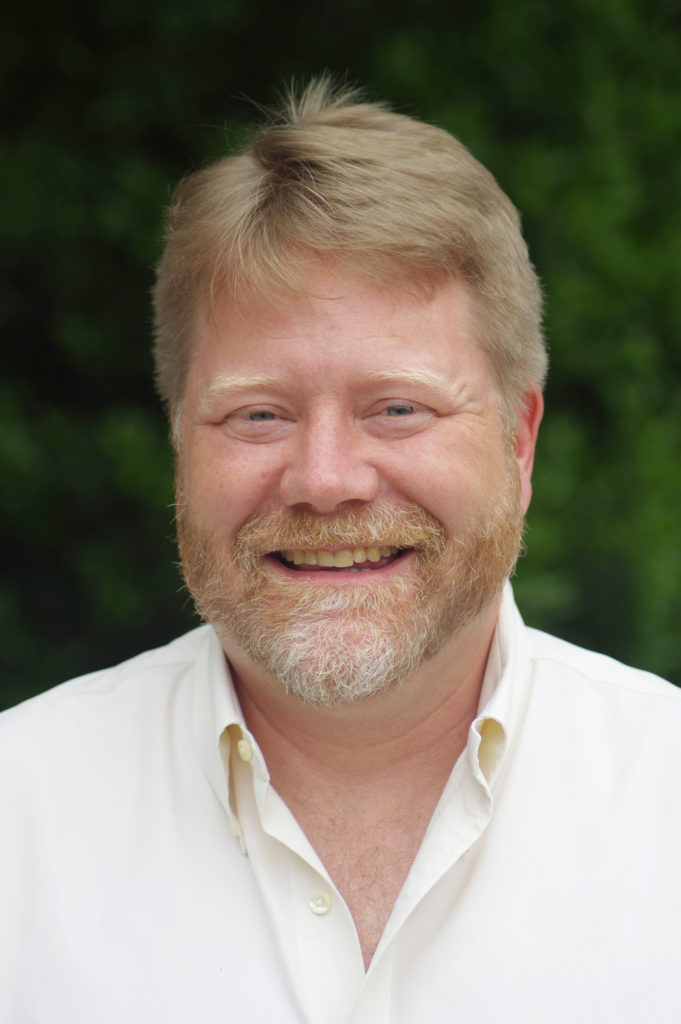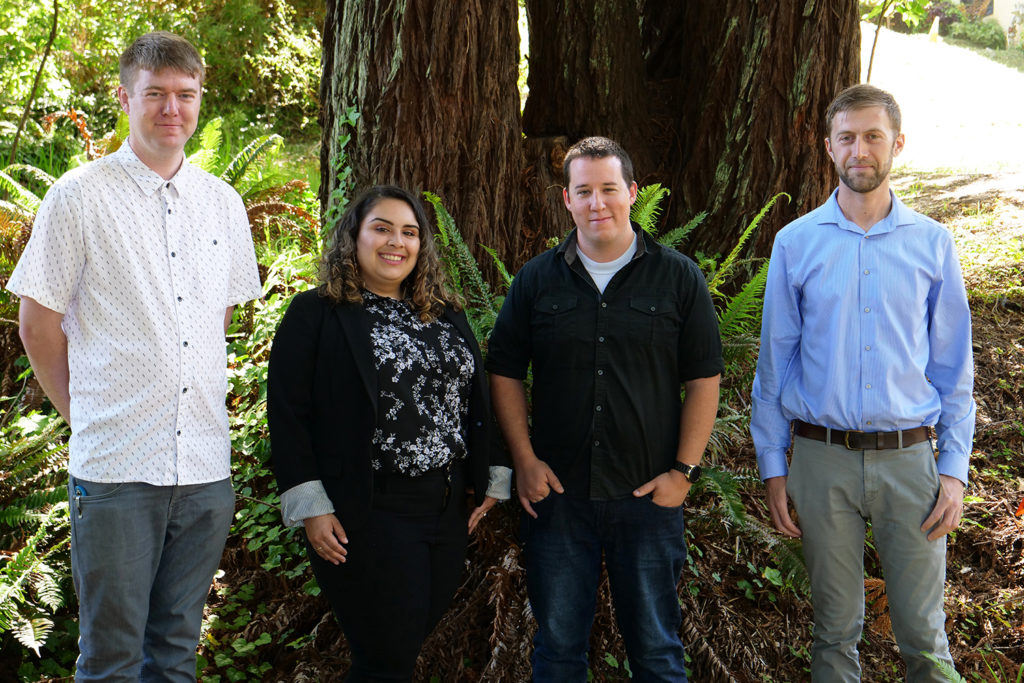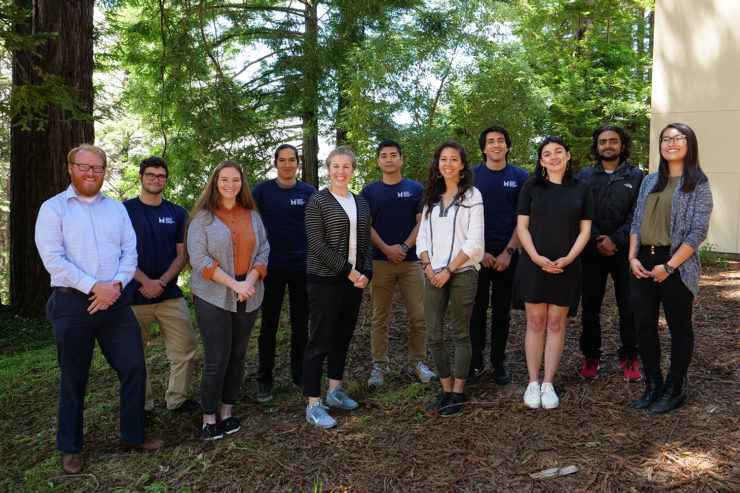Download our summer 2019 newsletter

In 1989, two environmental resource engineering professors — Peter Lehman and Charles Chamberlin — began the Schatz Solar Hydrogen Project. In April, we celebrated the Schatz Center’s 30th anniversary with a party attended by staff, faculty, and students, alongside members of our advisory board, project collaborators, and campus and community supporters. For me, the celebration was an inspiring and fun event with a wonderful group of people. It also provided an opportunity to reflect on our history and our future. I’d like to share three themes.
First, it is notable how much our team has grown. The initial core team for the Solar Hydrogen Project consisted of two founding directors and four students, with funding from Dr. Louis W. Schatz. Our group now includes nearly 50 people — including 10 faculty, 23 professional staff, and 16 students — and our annual budget has grown from $100K to nearly $7 million today.
Second, since the mid-1990s professional staff have played crucial roles in advancing our work, generating innovative ideas, managing projects, and mentoring students. They are truly a pillar of strength for our organization. During the celebration, we recognized four professional staff members who have been with the Center for more than half of its 30 years: Allison Hansberry, Marc Marshall, Greg Chapman, and Jim Zoellick. We are grateful for the substantial contributions they have made and for their continued leadership.
Third, much of our work continues to focus on the successful deployment of cutting-edge energy systems. Throughout the 90s, the Center was involved in developing hydrogen fuel cell vehicles and renewably generated hydrogen fuel, and in 1997 we deployed the first street-legal fuel cell vehicle in the United States. Mainstream manufacturers subsequently developed their own models, and fuel cell vehicles are now commercially available from companies including Toyota, Honda, and Hyundai.
Today, our work includes technologies ranging from renewable energy microgrids to off-grid solar systems. Our first solar microgrid went live at the Blue Lake Rancheria in 2017, and we have two more scheduled to launch in Northern California, in 2019 and 2021. Renewable microgrids address global climate change by (1) deploying low-carbon energy systems while (2) increasing onsite resilience through improved electrical reliability. This technology is now on the verge of going mainstream, with utilities such as Pacific Gas and Electric considering widespread deployment to mitigate wildfire risk and ensure reliable power for critical facilities.
Likewise, in West Africa we are engaged in projects to generate reliable electricity for rural health clinics. Where successful, these systems can provide life saving improvements for health services ranging from support for mothers during delivery of babies to vaccination and surgery. In partnership with regional and national organizations and the World Bank, we are developing a new approach to deploy and maintain off-grid solar systems in clinics across Nigeria and Niger.
It is my pleasure to welcome new members to the Schatz Center team. We have hired four new professional staff since the beginning of the year: Tanya Garcia, Eli Wallach, Ian Guerrero, and Max Blasdel. We are also pleased to welcome three incoming graduate student fellows who will join us in August: Aditya Singh (Christina and Jack West Fellowship), Kristine Stern (Blue Lake Rancheria Fellowship), and Amin Younes (Schatz Energy Fellowship). Finally, we have a dynamic crew of thirteen students working for us this summer. We are very glad to have them all on our team.
Happy summer, and goodbye until next time. – Arne Jacobson















